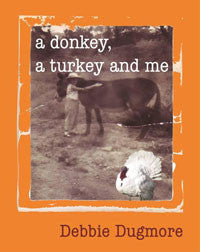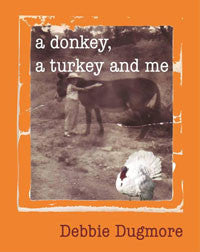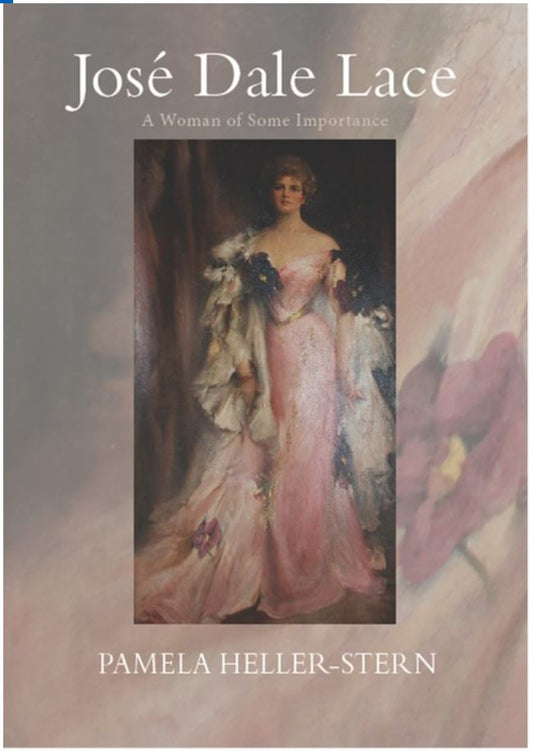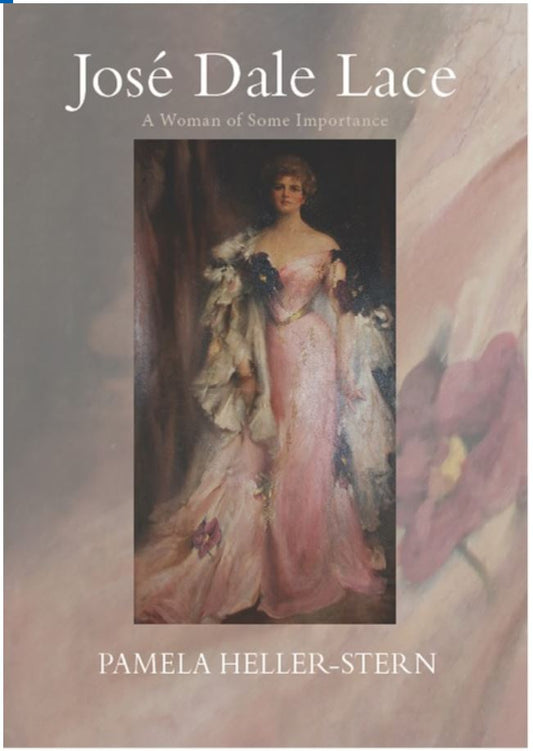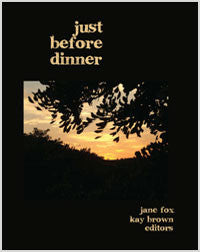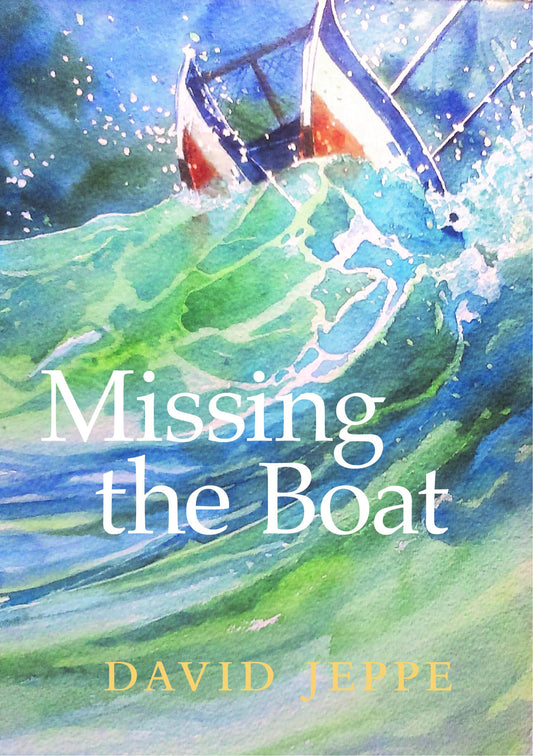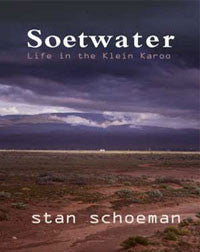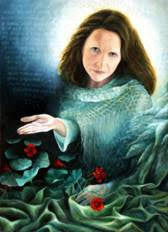Collection: Fiction
-
A Donkey, A Turkey and Me - E-Book Version
Regular price R 45.00 ZARRegular priceUnit price / per -
A Donkey, A Turkey and Me - Softcover
Regular price R 185.00 ZARRegular priceUnit price / per -
Jose Dale Lace
Regular price R 260.00 ZARRegular priceUnit price / per -
Jose Dale Lace - EBook Version
Regular price R 45.00 ZARRegular priceUnit price / per -
Just Before Dinner
Regular price R 120.00 ZARRegular priceUnit price / per -
Missing The Boat
Regular price R 185.00 ZARRegular priceUnit price / per -
Queen B.E.E.
Regular price R 185.00 ZARRegular priceUnit price / per -
Soetwater: Life in the Klein Karoo
Regular price R 120.00 ZARRegular priceUnit price / per -
Speech after long Silence
Regular price R 150.00 ZARRegular priceUnit price / per

